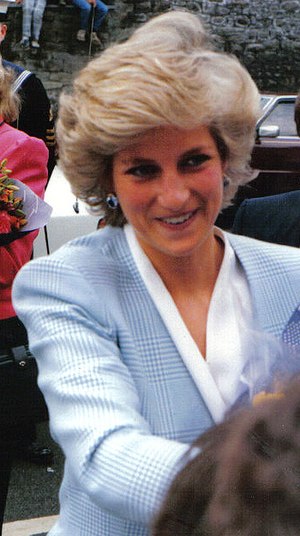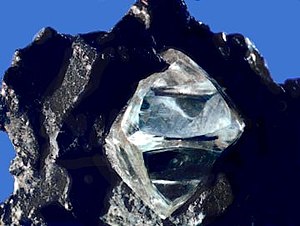 Image via WikipediaGet Going With UV and Cracked Nail Polish
Image via WikipediaGet Going With UV and Cracked Nail PolishAuthor: Sandy Jones
After months of sticking to the same beauty routine and cosmetics, women often find they are suddenly going round in circles. It becomes a matter of fierce, crazy determination to upgrade from a trusted nude gloss to a lipstick or from clear nail varnish to one with an enticing name like cheerful cherry or fun in the sun. But how do you find the right tone and are you going to waste bundles of money until you get the right look?
Most of us love experimenting with new nail varnish colours but often we don’t even know what it is we are searching for. How many times have you stood in front of the beauty stands in despair? The nail polish bottles look so colourful and neat; you just know they’ll look great on your best friend or someone with better shaped nails, but not on you. Grrrr.
One of the reasons for this all too common feeling is because nails are one of the areas we pay far less attention to compared to our face and makeup. We seem to think nothing new ever comes along for fingertips and toes so all we see is the same old colours in different bottles and the French manicure. So just what is the expectation and will any make up house live up to it when we don’t even know ourselves? Yes, yes and yes! What would you think of a cracked lacquer look or a UV effect that works like magic under black light, the sort of light you get at loads of really good nightclubs?
Cracked nail polish is a fashionable and respectable way of getting away with the chipped nail look. These newer than new nail polishes are fantastic, one of those oh so rare but real, beauty innovations. Look no further than down under. Yes, the Aussies have a well known cosmetics brand that has just the thing, and in great shades. Using a base coat in a strong shade, then covering it with a deeper coloured layer that cracks, gives a really cool and elegant look. This product is big in Australia where it already has the Wow factor and you may have started to see celebrities wearing it in the magazine, instead of the French manicure look.
BYS, which is the Aussie brand name, has also come up trumps with another great tradition breaking polish, the UV nail polish. If you like the really acidic and electric varnishes from the 90s, you will definitely love their 21st century upgrade. This thin formula gives your fingertips a colour that just can’t be ignored, not when you are in the nightclub under those black lights.
Both these nail polishes are available in the UK. You will need to order through the UK supplier, www.makeup.co.uk but it’s the same Aussie cosmetics and a good price.
See and be seen... be bright, polish your nails. See you around. Send in your comments.
Article Source: http://www.articlealley.com/http://sandyjones.articlealley.com/get-going-with-uv-and-cracked-nail-polish-2352822.html
About the Author:






